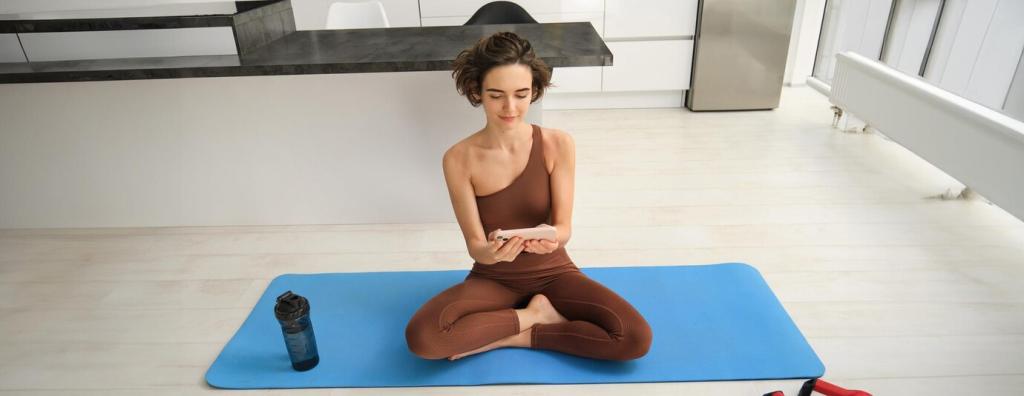Meditation in Motion: Before, During, and After You Train
Spend ninety seconds naming one training intention and pairing it with five slow nasal breaths. Visualize the first set, feel the grip, and hear the breath. This tiny ritual quiets second‑guessing. Post your intention today and check back after your session with one lesson learned.
Meditation in Motion: Before, During, and After You Train
Between efforts, close your eyes for two breaths, scan posture, soften jaw, and lengthen exhale. Treat each pause as calibration, not downtime. These micro‑meditations reduce rushed reps and wandering thoughts. Try three today and tell us which cue improved your next set most.




